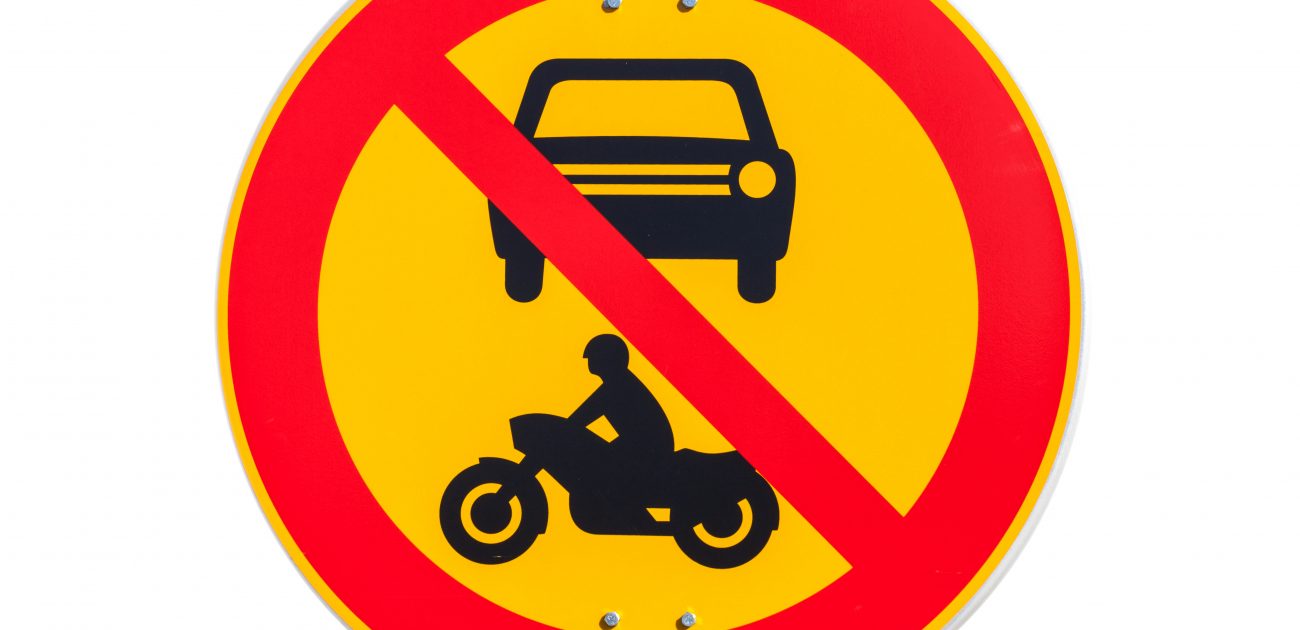Understanding the UK’s low traffic neighbourhoods
Who wants to live in a high-traffic neighbourhood? Nobody, really, but you might think otherwise, given the aggro that low-traffic neighbourhoods (LTNs) have caused on London’s streets.
LTNs restrict motor-vehicle access to networks of side streets, usually with physical barriers like bollards and planters, or cameras that dish out fines to unauthorised vehicles. They stop through traffic—rat-running—and significantly lengthen many car journeys. In fact, over short distances, it’s now often quicker to walk than drive.
LTNs have some powerful supporters in the UK, including the Mayor of London, Sadiq Khan, transport minister Grant Schapps and prime ministerial transport adviser Andrew Gilligan. They’re popular with plenty of local councillors too (Islington’s Caroline Russell, also Green Party spokesperson, for example) and lobby groups like London Cycle Campaign and Sustrans.
Supporters of LTNs shrug at the friction they’ve generated, pointing out that road closures are hardly innovative. That’s true, of course, but their scale and resulting impact on the practicalities of driving are unprecedented: at certain times of day, it sometimes just isn’t viable to use cars in many parts of London, unless time isn’t a factor or you have no other way of getting around.
How did this happen? In May 2020, the UK’s Department for Transport issued emergency policy guidance under existing laws, directing local authorities with good public transport to “reallocate road space” to people walking and cycling “within weeks”. The idea, the government explained, was to enable socially distanced mobility after the end of the first national lockdown, in mid-2020, and to achieve various health benefits in the process. It provided £250 million to help pay for road alterations—part of much larger planned investments in cycling and walking.
While the government provided money and policy guidance, individual councils are responsible for designing and implementing traffic-management schemes, so road-system changes vary considerably by borough. Measures typically include widening pavements and installing new cycle lanes. Some local councils in London—including Islington, Hackney and Lambeth—have gone LTN crazy. Others, such as Wandsworth, Ealing and Kensington and Chelsea (famous for installing a cycle lane in 2020 and ripping it out after just seven weeks) have been more reticent.
Coronavirus isn’t the only social problem that LTNs supposedly address. The UKgovernment also wants to encourage “active travel”. With less traffic around, it argues, people are more likely to walk or cycle. In turn, this will make them healthier and ease pressure on the NHS. Other beneficial outcomes listed by advocates include reduced air and noise pollution, transport emissions, road accidents and traffic congestion. In associated government leaflets and documents, a smorgasbord of statistics illustrates the dangers of being overly reliant on cars. The health impacts of insufficient physical activity are compared to those of smoking, for example. There are even descriptions of utopian cityscapes in which people can “breathe clean air, hear the birds singing at noon, and walk or ride in safety”. Such narratives are often embellished with pictures of newly emancipated children and families recapturing territory long lost to drivers.
None of this is that much of a surprise. LTNs are on the same ideological continuum as London’s Congestion Charge zone, its Ultra Low Emission Zone and the UK’s ban on petrol and diesel vehicles from 2030. They are a practical means of advancing towards Khan’s stated goals of 80% of journeys in London being walked, cycled, or made by public transport by 2041 and for London to be a zero-carbon city by 2030.
But presenting LTNs as a cure for every social problem from greenhouse gas emissions to obesity seems more likely to confuse than convince. It also invites the suspicion that policymakers used Coronavirus as a pretext for bulldozing ahead with the ideological goal of curbing car use. Opposition is greater than it might have been because the government and councils were able to skip the usual public consultation step (that’s supposed to happen later), creating the impression of avoidance of normal democratic procedures. Some detractors call them “Covid LTNs” and characterise the enforcement cameras as a revenue-generating wheeze.
The maelstrom of social benefits LTNs supposedly achieve has invited a blizzard of counter arguments from a loose alliance of opposition organisations, which argue that LTNs simply create other social problems, especially for disadvantaged groups. Arguments against include: LTNs unfairly reduce the mobility of the disabled and simply redistribute congestion and pollution from affluent leafy suburbs to poorer areas near main roads. But there are plenty of others.
Using websites, media engagement, petitions, and even direct action to get their points across, opponents include taxi drivers, grassroots activists (such as residents and small-business owners), some media organisations (the Daily Mail is one) and mobility lobbyists like Transport for All (which champions the mobility rights of disabled and older people.)
Time and data will indicate whether pollution has changed in areas where traffic is still allowed or whether “traffic evaporation” has happened instead (data from Lambeth and Hackney suggest traffic hasn’t got worse, but Wandsworth suspended its LTN schemes in late 2020 partly because they caused “long traffic queues”). But data may not be sufficient: part of the problem is that it seems unclear who the beneficiaries of LTN schemes are or, indeed, who loses out. In the immediate future, anyone who lives in an LTN should benefit from having quieter streets and, supposedly, over time, anyone who lives in an urban area with lots of traffic should benefit if the hoped-for reduction in road traffic materialises. The trouble is, though, that all these groups overlap extensively: drivers walk, cyclists drive and pedestrians cycle, for example. And, it seems, many people place a high value on the freedom that driving gives them.
There’s woolliness in the way the policy guidance has been packaged, too. Alternative transport solutions are crudely lumped together as if they were interchangeable, even though walking, public transport and cycling are manifestly different activities. Cycling, for instance, just isn’t for everyone—it doesn’t matter how safe roads are claimed to be. There’s friction with other policies too: while stopping traffic might be compatible with a desire to encourage physical activity, it doesn’t square with the government’s separate plan for the country to become a development hub for electric vehicles, which need road space just like conventional cars. Even more confusingly, the two sides routinely use the same arguments to advance contradictory claims. For example, advocates claim LTNs reduce congestion and improve access for emergency vehicles. Critics claim the exact opposite. Advocates say they’re good for local businesses because people on foot or bicycle spend more time shopping. Critics say they threaten livelihoods because people are less likely to shop locally if they can’t drive.
With plenty of scope for what political scientists call “biased assimilation”—interpreting evidence in ways that supports an existing view—it feels like an unwinnable argument. This is perhaps why the government and various councils introduced them without eliciting people’s opinions first. And that might be the biggest stumbling block to social acceptance: nobody likes being inconvenienced and nobody likes being told what to do.
`


